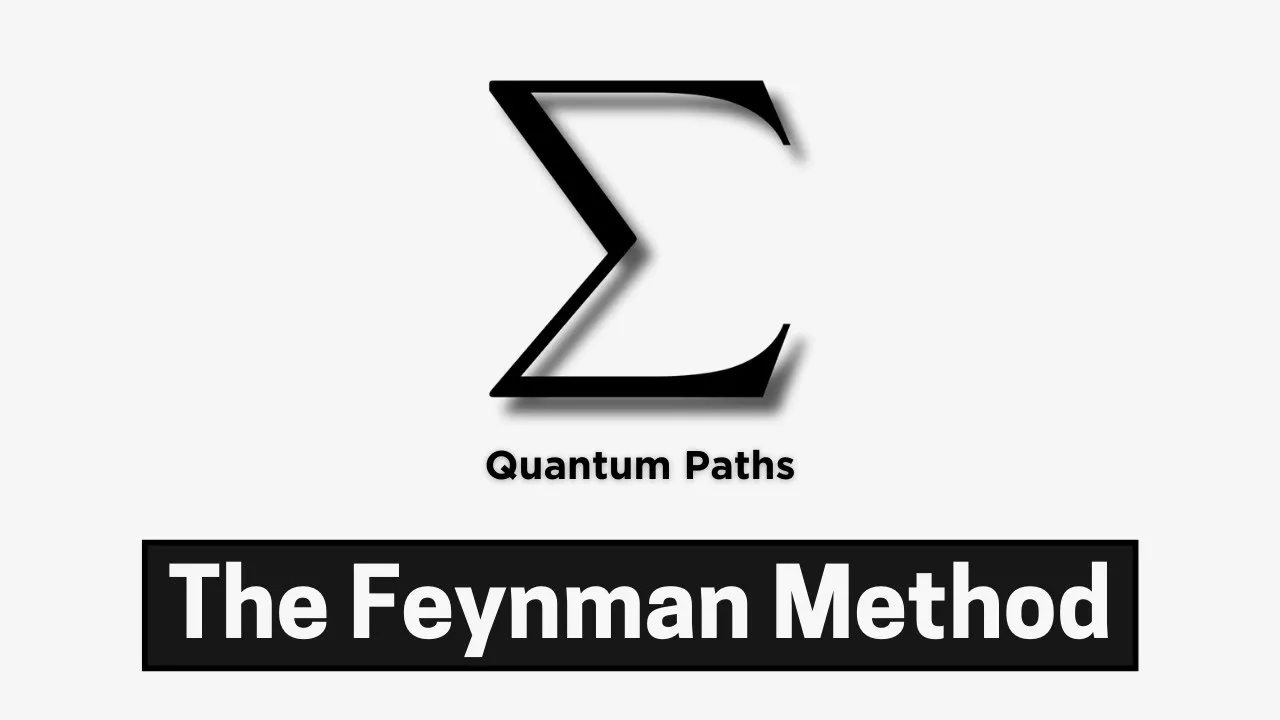Quantum mechanics is a fundamental theory in physics that describes the behavior of matter and light on the atomic and subatomic scale. It's often referred to as quantum physics and forms the foundation for several important subfields like quantum chemistry, quantum field theory, and quantum information science.
If you've learned some quantum mechanics before, you've probably seen it described using wavefunctions, and the Schrödinger equation, and so on. That's how quantum mechanics was originally constructed by people like Schrödinger, Born, Heisenberg, and many others in the 1920s.
In the 1940s, though, a 20-something-year-old grad student named Richard Feynman discovered another approach. He found that the motion of a quantum particle can be described by taking a sum over ALL the possible trajectories that the particle could conceivably follow. That sum over all quantum paths is what's nowadays called the Feynman path integral, and it's central to our modern understanding of quantum physics.
One of the most important lessons Feynman's perspective reveals is how the usual laws of classical mechanics emerge from this more fundamental, but seemingly very different, quantum mechanical description of nature. In the video, you'll see why a single, special path emerges from the sea of all possible quantum paths when we consider the motion of a big object like a baseball--called the path of stationary action. And that of course is the path that obeys F = ma!
0:00 Introduction
3:12 Quick overview of the path integral
5:46 Review of the double-slit experiment
8:32 Intuitive idea of Feynman's sum over paths
13:27 Why exp(iS/hbar)?
15:00 How F = ma emerges from quantum mechanics
23:15 Lagrangian mechanics
24:34 Feynman's story
25:22 Next time: how to compute the path integral?
Subscribe: https://www.youtube.com/@PhysicswithElliot/featured
